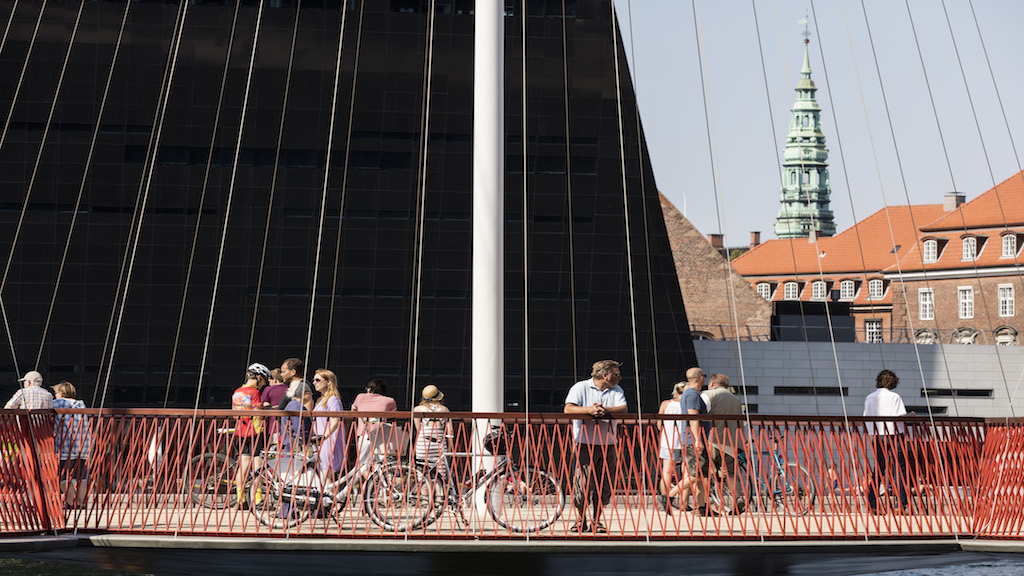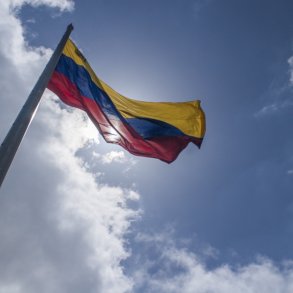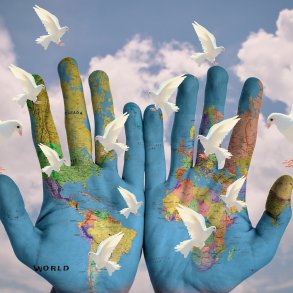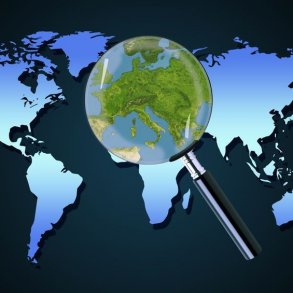By Stefan Groenendal for Enlivening Edge
While I like writing, I love preparing a presentation, so I can interact with interested people directly. At the Integral European Conference 2016 I was given the opportunity to present about how we can reinvent mobility (the transportation of people and goods.) Can it be reinvented to become Teal at all? Is there currently such a thing as a European eco-system for transportation?
In 2013—without knowing anything about Spiral Dynamics, Integral, or Reinventing Organisations—I wrote a paper on reinventing mobility in the Netherlands. I developed a systemic and integrated vision about mobility on that scale, of a sector of society. When I did discover those systemic theories and their associated empirical cases, I embarked on a journey of continuously researching and developing an integrated vision of a mobility sector moving towards Teal. I’ve been writing about it for Enlivening Edge.
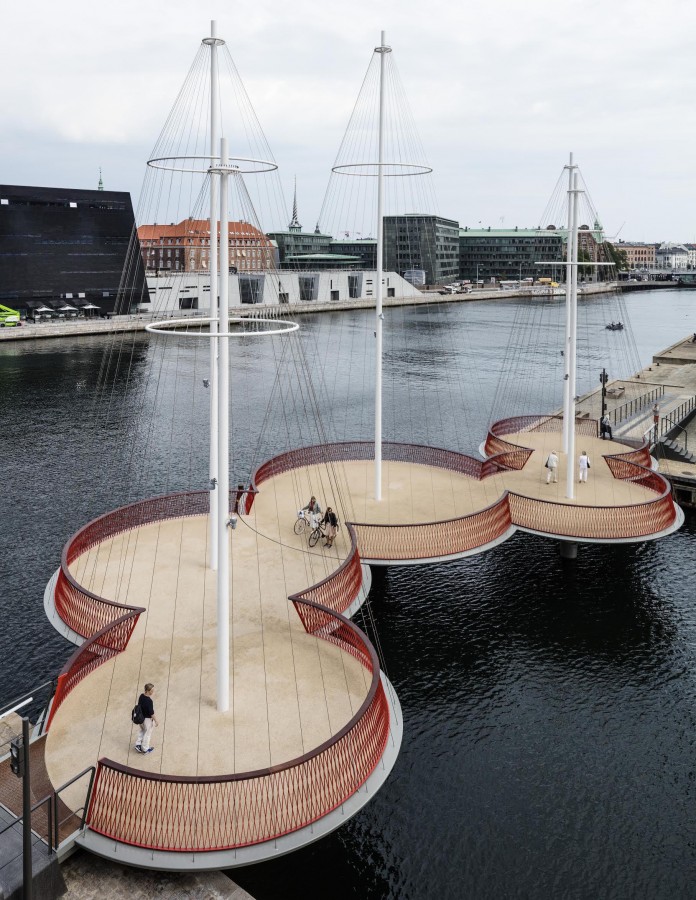
All that previous work peaked at IEC. For 20 people, I clearly identified the changes in the mobility sector of society which are already taking place. We looked at what I now call the “two loops in mobility.” One loop is the incumbents in the older industrial economy and the other loop is mostly players in the newer collaborative economy who are all platform-based. Their business models simply outperform the industrial loop on costs and revenue, resource use, engagement of suppliers and buyers, and last but not least, value proposition.
 Those changes in mobility are reflecting and in turn changing every aspect of economic life, and taking us from an Orange world towards Green and Teal. The main takeaway from my presentation was grasping the overwhelming number and kinds of changes (in the directions of Green and Teal) I showed happening in how we organise, lead, work, finance, consume, think and use natural resources, technology and the commons. This seemed very pragmatic to some people yet juicy and sharp to others—and to my writing coach, a bit lengthy! I learned from that to support my presentation with numbers for the mobility sector’s major impact on society and make my presentations very to-the-point.
Those changes in mobility are reflecting and in turn changing every aspect of economic life, and taking us from an Orange world towards Green and Teal. The main takeaway from my presentation was grasping the overwhelming number and kinds of changes (in the directions of Green and Teal) I showed happening in how we organise, lead, work, finance, consume, think and use natural resources, technology and the commons. This seemed very pragmatic to some people yet juicy and sharp to others—and to my writing coach, a bit lengthy! I learned from that to support my presentation with numbers for the mobility sector’s major impact on society and make my presentations very to-the-point.
What happened next
Later at the conference I met with people who had attended my presentation, and I explicitly asked them for feedback. These were all positive. However, I sense now that I need to give the topic more attention, and to work with the results of my research and development in a different way.
For example, I ended up not reading the 30-second speech I had prepared for the Elevator-pitch for my presentation (which everyone gave onstage) because I was too nervous. However, the speech was actually a powerful proposition in Orange, Green and Teal languaging. I would love to develop greater skill in communicating in more depth with other people at different stages—perhaps even through using actors, as these professionals can really mirror us while evoking humor, thereby triggering consciousness development in a very natural way.
On the very last day of the conference, when many new friends had left for the IEC Community Tour around Hungary or had gone home, I sat with the Enlivening Edge crew for breakfast and had a wonderful talk with George Pór. We were talking about collaborative design and how many vehicles had already been designed collaboratively by a global community; those vehicles are outperforming vehicles from traditional manufacturers in many aspects, most notably in the time needed to develop them.
The conversation went on to discuss technological singularity—a hypothetical point in future time when artificial intelligence has progressed to the point of a greater-than-human intelligence—and what that would mean for human consciousness development.
Then George asked me to write an article about what the world would develop into by integrating advanced transport technology with energy/fuel and with other related sectors of society—and what stages of consciousness-development we would have to go through in doing that integration. As it turned out, that article is not just a wonderful ‘thing’ to be working on now. That article’s concept has become the seed for a series of online interviews and webcasts currently titled HighTechHighConsciousness which I’m developing collaboratively with EE. The series will explore the interrelationship of high-tech fast-changing our human context, and consciousness. Check the Enlivening Edge website for more info after the summer, when Chris Clark and I will be starting. Anyone else called to that vision?
So, wonderful things can happen from interacting with interested people directly! That’s why I love preparing presentations and why IEC2016 was such a wonderful catalytic experience!
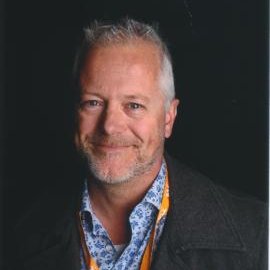 Stefan Groenendal, BSc, MBA, is an independent researcher and action consultant working and living in The Benelux. Fields of interest are, amongst others, organisational development, collaboration development, technology, information technology, value modelling. Sectors of interest are air traffic management, security, automotive, traffic management, marine, harbours. Follow me on Twitter @sgroenendal. Connect with me on Linkedin https://nl.linkedin.com/in/stefangroenendal
Stefan Groenendal, BSc, MBA, is an independent researcher and action consultant working and living in The Benelux. Fields of interest are, amongst others, organisational development, collaboration development, technology, information technology, value modelling. Sectors of interest are air traffic management, security, automotive, traffic management, marine, harbours. Follow me on Twitter @sgroenendal. Connect with me on Linkedin https://nl.linkedin.com/in/stefangroenendal
